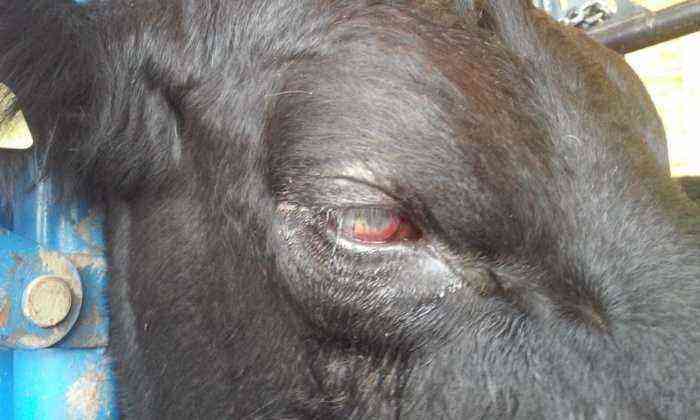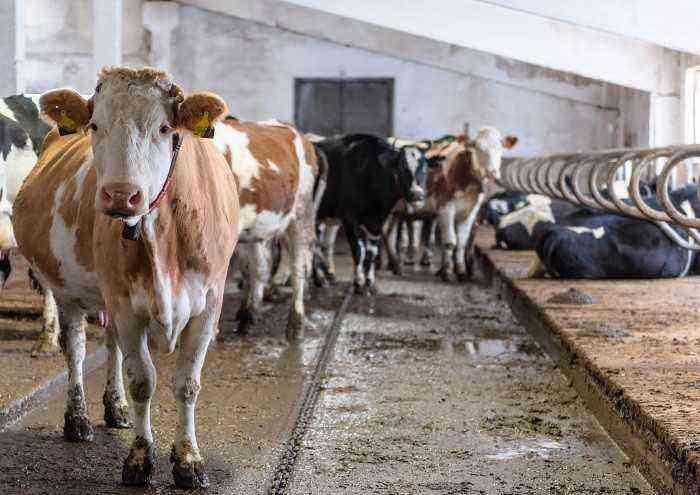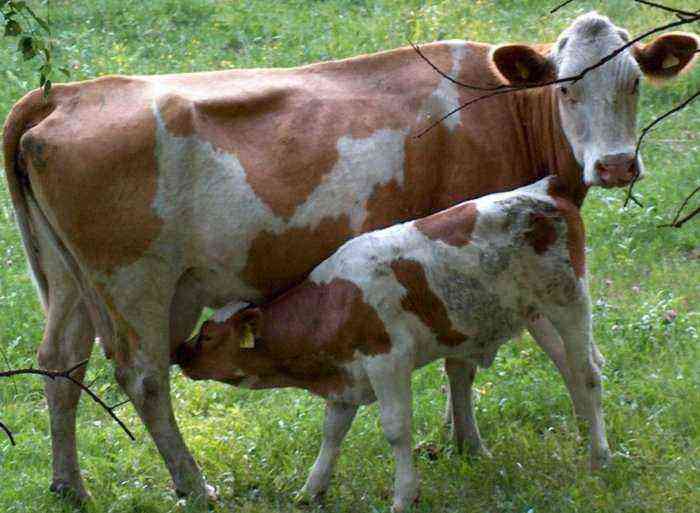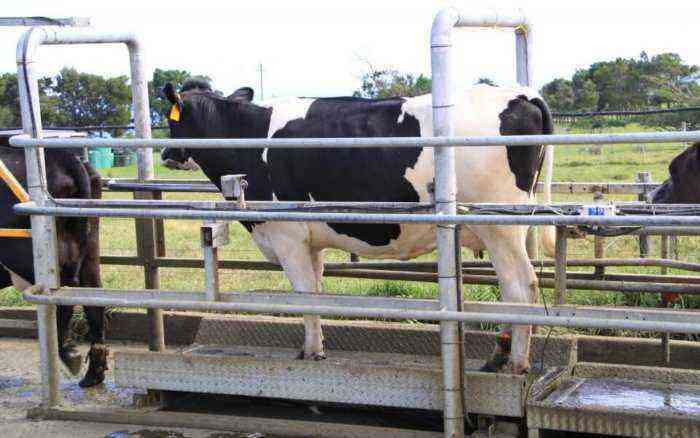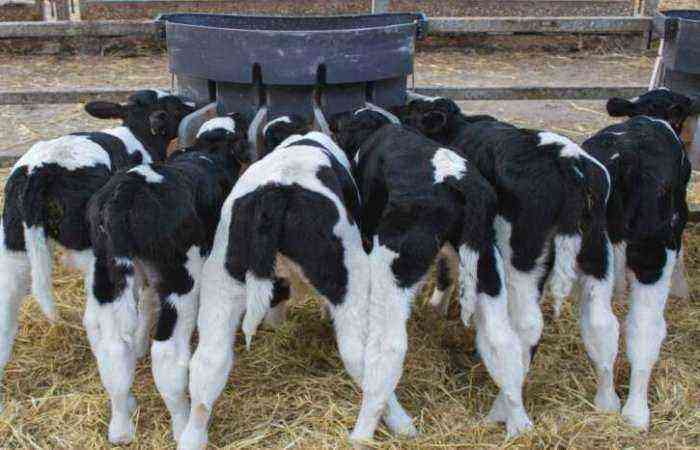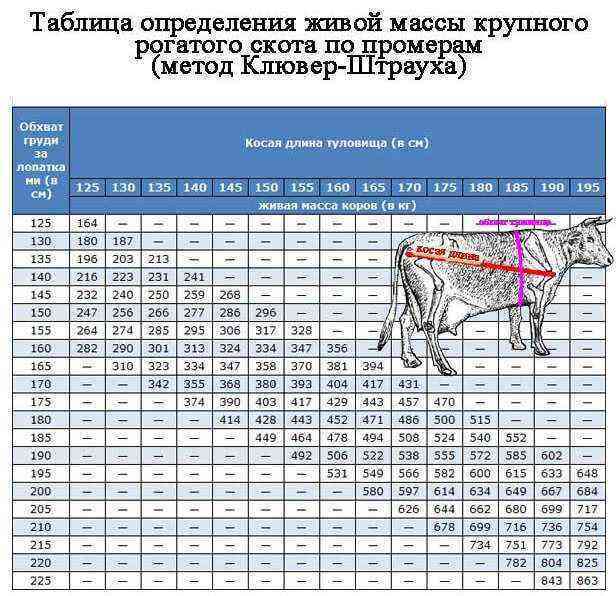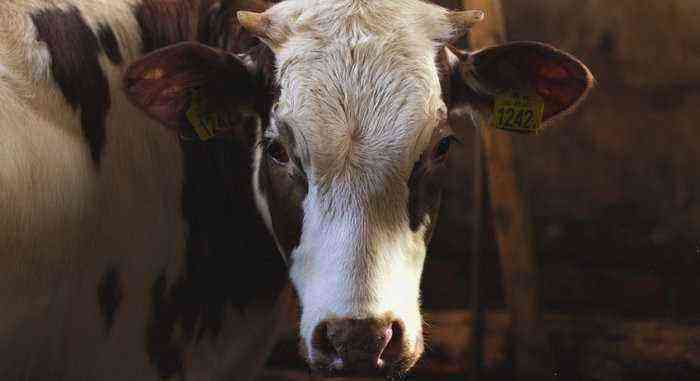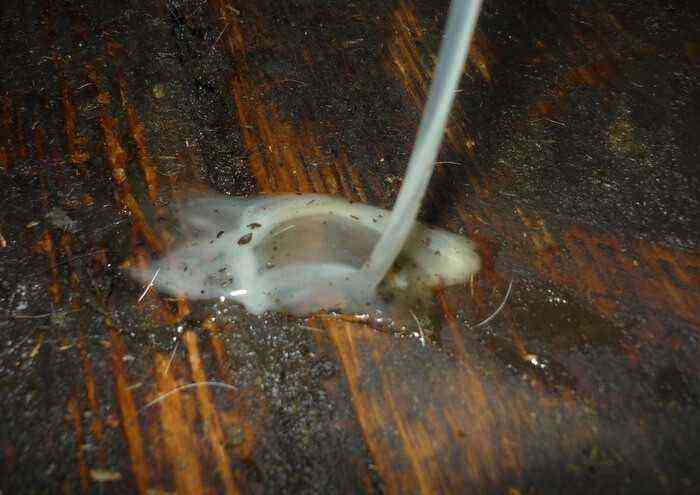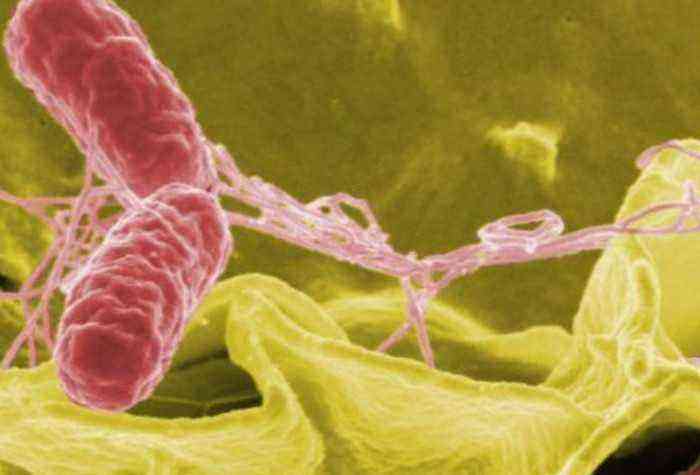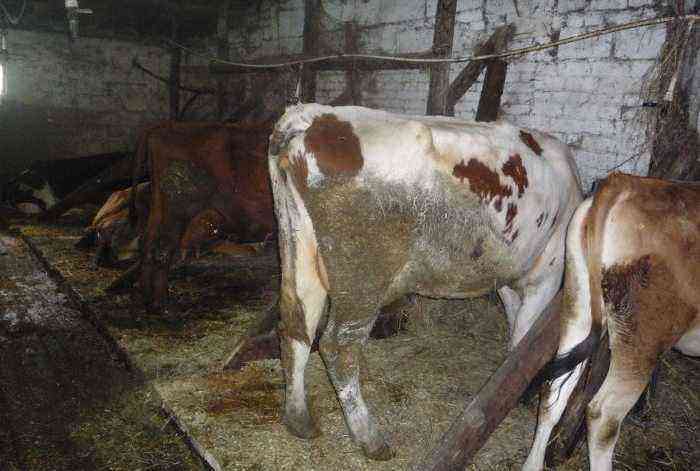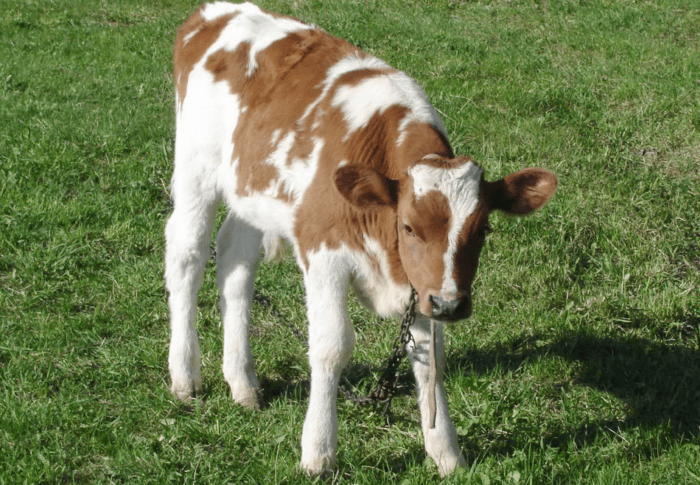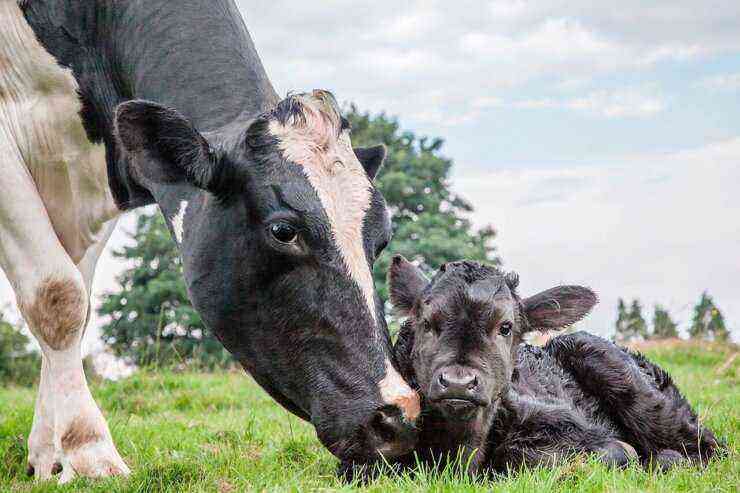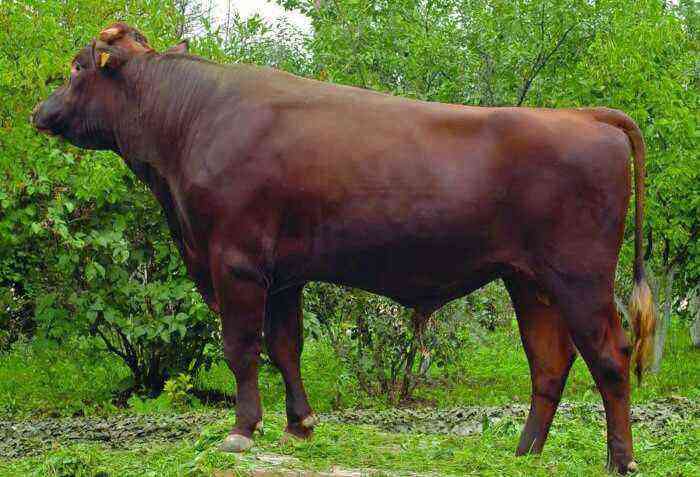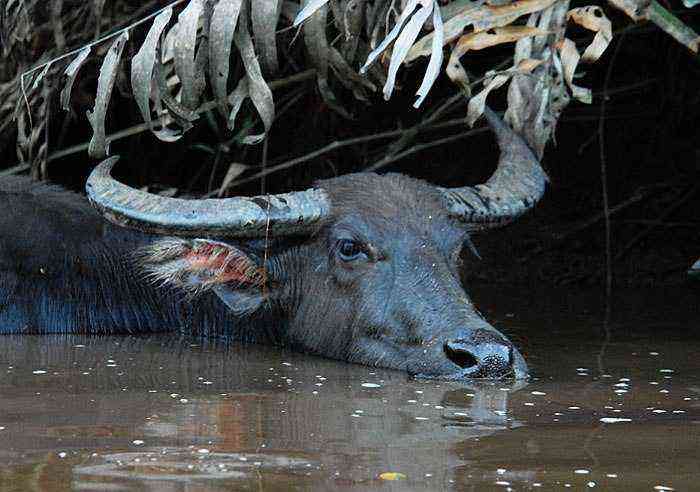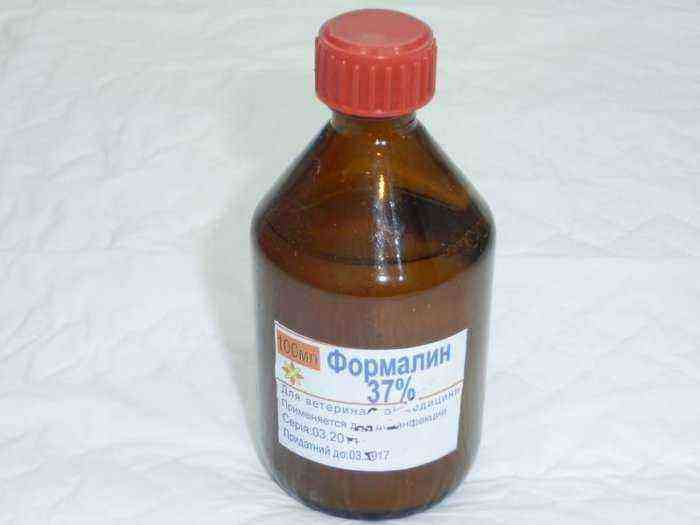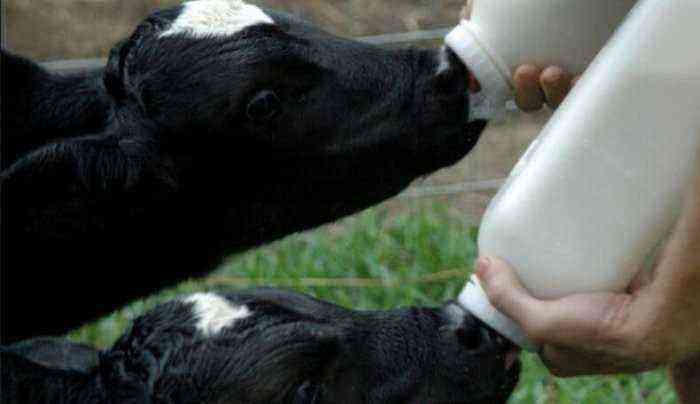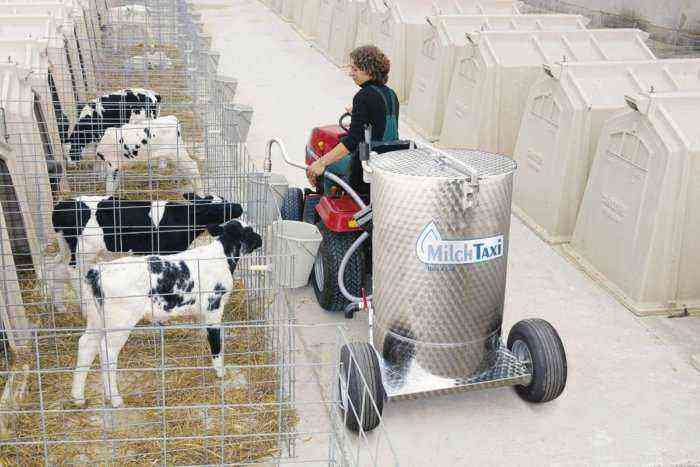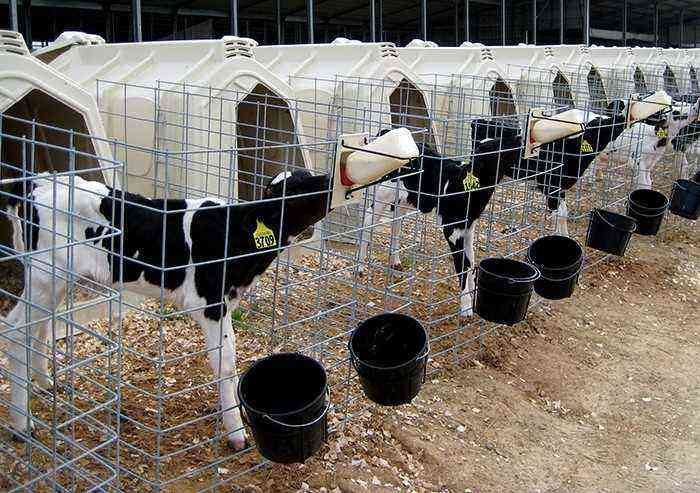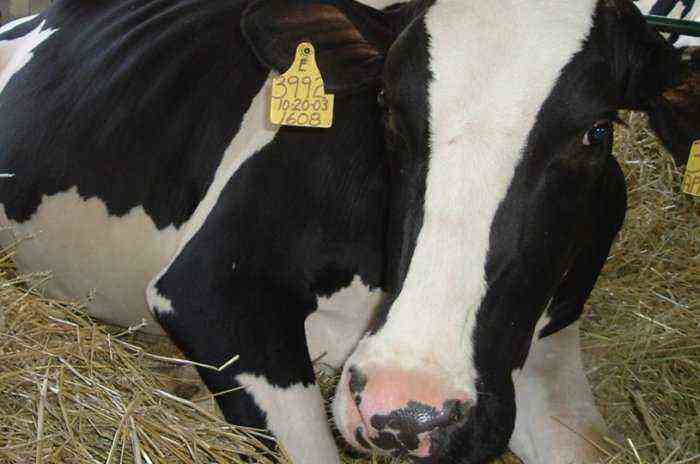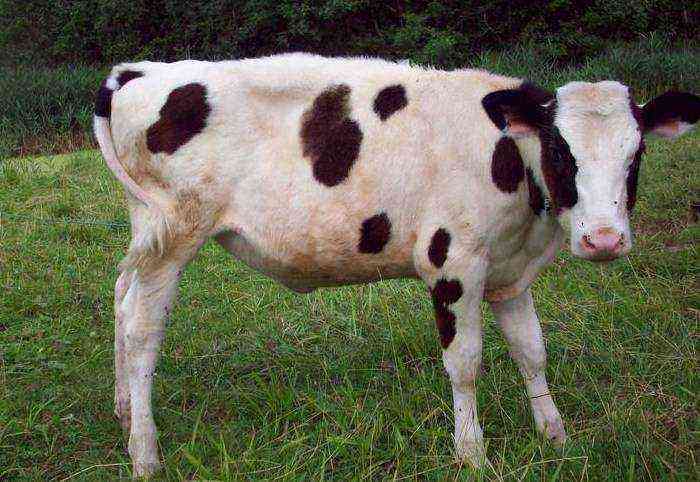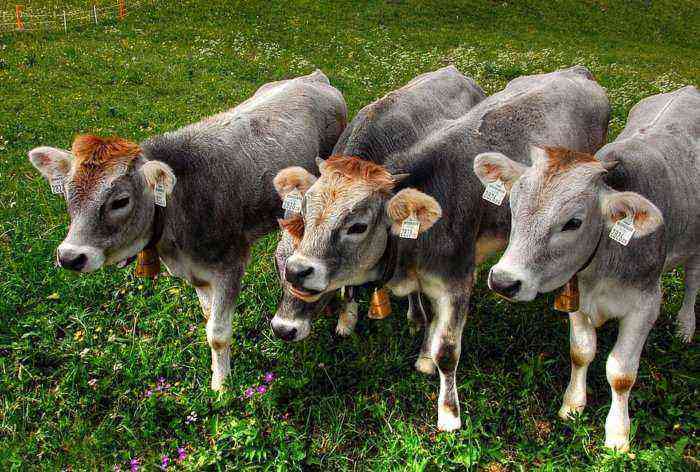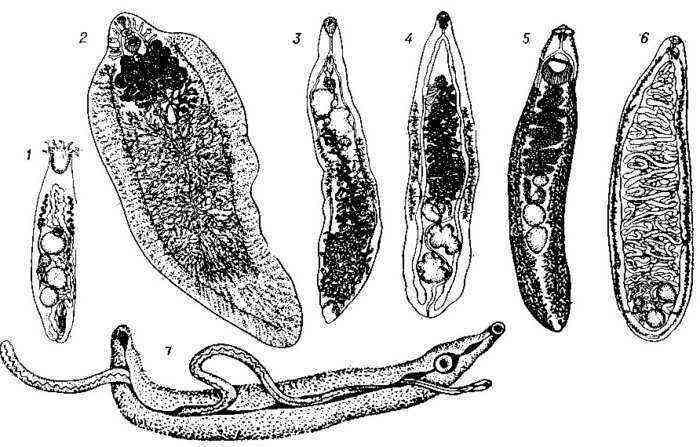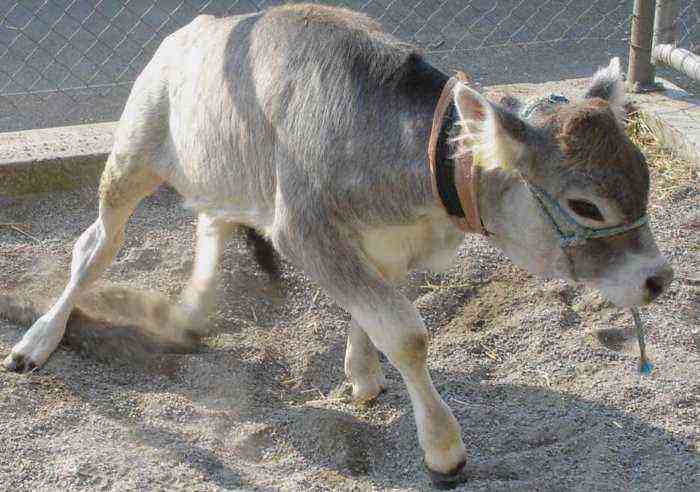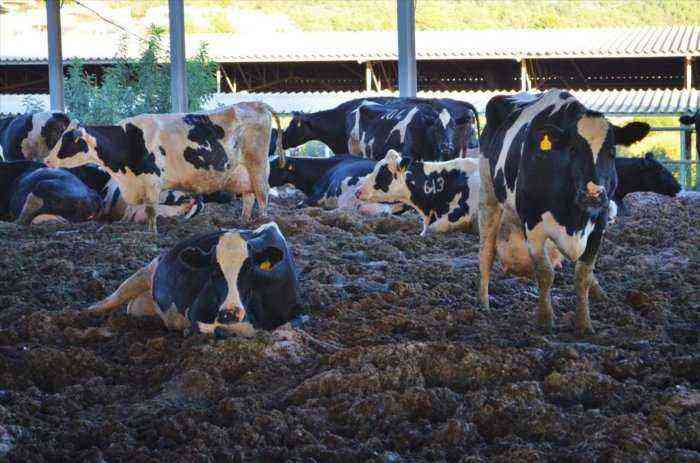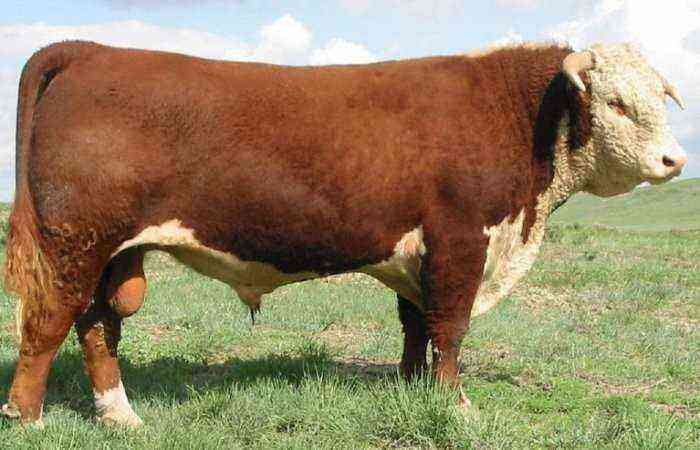Babesiosis in cattle is an acute disease caused by single-celled parasites of the genus Babesia. The carriers are ixodid ticks. The disease affects cows, sheep, goats, dogs, horses. Babesiosis has other names: piroplasmosis or Texas fever.
Babesiosis in cattle
What kind of disease?
In the acute form of the disease, the incubation period lasts 6-30 days. Especially susceptible to babesiosis are young animals not older than 2 years. The main outbreaks of the disease occur in the spring and early summer, but cows can catch Texas fever in the fall.
Attention! Animals have the greatest risk of infection within 10-15 days from the date of pasture.
The second wave of cattle infection with Babesia takes place from late August to mid-October.
The disease is common in Europe, Russia, Ukraine, the Baltic States and Belarus. In all cases, ticks are carriers of babesiosis. In Russia, mass outbreaks of the disease are recorded in the south and in the central regions.
In animals affected by babesia, the temperature rises on the first day. Cattle may refuse to eat, be lethargic. Often with bovine babesiosis, affected individuals at the first stage of the disease experience intense thirst and drink a lot of water. On the 3rd-4th day, the cows weaken and lie almost all the time. Also, animals completely lose interest in both food and water.
By 4-5 days, urine acquires a dark brown color. Shortness of breath and tachycardia may be observed. There comes the depletion of the body of the cow. If urgent treatment is not started, the animal dies on the 6-8th day.
In cattle with good immunity or previously ill with babesiosis, it can become chronic. In this case, the severity of symptoms increases more slowly and they are not so pronounced.
Causative agent
Texas fever is caused by Babesia bovis. It has several forms:
- oval;
- amoeba;
- pear-shaped;
- annular.
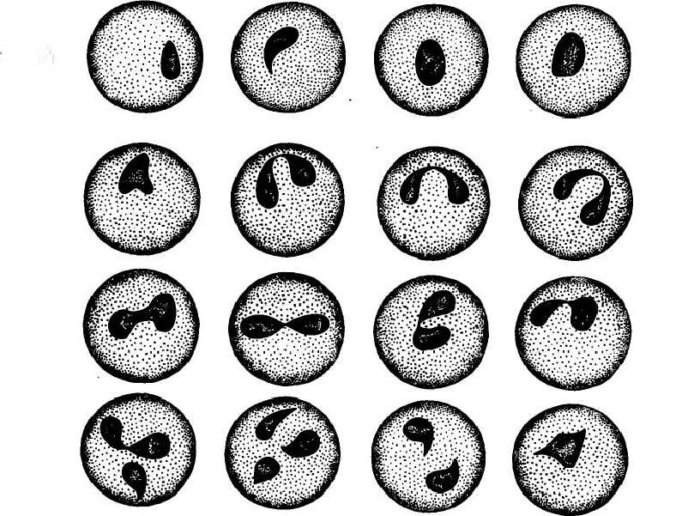
Babesia bovis
All types of pathogens affect erythrocytes. They can also be present in leukocytes and in blood plasma. Sometimes up to 4 pathogens of bovine babesiosis are found in one erythrocyte. Often 40 to 57% of red blood cells are infected.
Babesiosis in cattle is carried by ixodid ticks of the species Ricinus and Pesulcatus. Most often, parasites are waiting for cattle near swamps, in the lowlands. Ticks love thick bushes and tall grass.
Attention! The severity of the disease depends on the immunity of the cow, the balance of her diet and the number of pathogens on her.
At the time of the bite, the Texas fever tick infects the animal with its saliva. Babesia infect red blood cells and begin to multiply by division and budding. This is how cows become infected.
Symptoms and signs
Babesiosis affects cows of all ages and breeds: both adults and calves. Young animals up to 1 year old carry Texas fever asymptomatically. Cattle that have been ill develop immunity to babesiosis for a period of 6 months to two years.
Texas fever symptoms:
- the development of hyperthermia – the body temperature of a sick animal rises above 40 degrees;
- tachycardia – the number of heartbeats per minute can reach 110 beats;
- shortness of breath, rapid breathing;
- decrease in milk yield of lactating cows;
- urine first turns pink and then brown;
- milk begins to taste bitter, blood may appear in the pan;
- mucous membranes become white or yellowish;
- refusal to eat;
- the disappearance of chewing gum, the stoppage of the scar;
- diarrhea;
- on the 5-6th day of illness, a sharp drop in temperature to 35-36 degrees is diagnosed;
- convulsions;
- lethargy, the animal lies all the time.
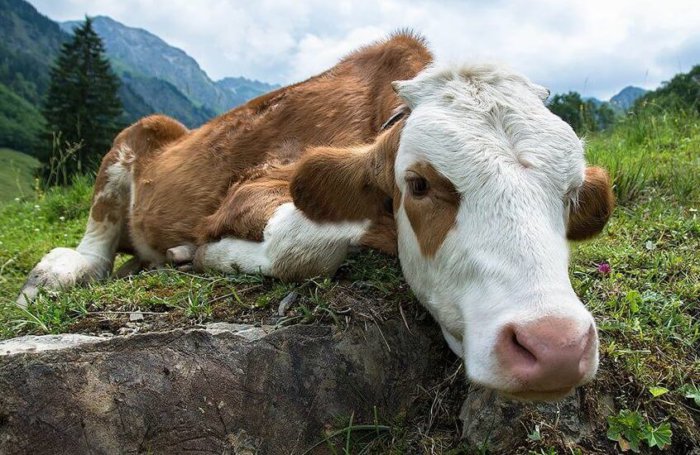
A sick animal lies all the time
Without treatment, cattle die within a week, in which case the diagnosis is made posthumously. There is a strong depletion of the bodies of dead animals.
Diagnostics
When establishing a diagnosis, the veterinarian relies on the following signs:
- the presence of ticks on a cow or cases of their removal from the animal by the owner;
- the time of the year at the time of the owners’ application;
- the presence or absence of a disease in the past.
The doctor must take into account the clinical signs and take blood for research. It is important not to confuse babesiosis with other diseases that have similar symptoms – leptospirosis and hematuria. If during the life of the animal it was not possible to establish a diagnosis, then a post-mortem examination of the carcass is performed.
Treatment
The owner must provide good care for sick animals; without it, treatment may be delayed. Cows are shown stallless content and complete rest. The owner must ensure that sick cattle have water and fresh hay.
Drugs used by veterinarians in the treatment of babesiosis:
- Veriben at a dose of 5 ml per 100 kg of live weight intramuscularly, administered 1 time per day for 2 days.
- Hemosporidin 2% 0,05 g per 100 kg is given once, repeated after 24-48 hours. Before the introduction of the drug, it is necessary to make an injection of caffeine.
- Azidine at a dose of 0,35 g per 100 kg of cow weight 1 time per day for 2 days.
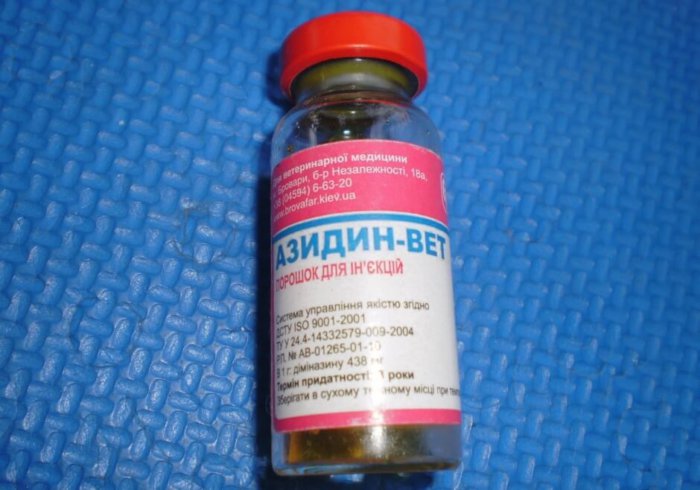
Azidin
A good addition to the treatment would be giving 1-2 liters of skim water daily. With diarrhea, you can use Glauber’s salt with oatmeal and flax decoctions.
Prevention
The best preventive measure is the creation of cultivated pastures for livestock at collective farms and personal subsidiary plots. In summer, spring and autumn, cows should be sprayed with repellents. Grazing animals in forest areas is undesirable.
Attention! Among cows living on farms without walking, cases of babesiosis were not recorded.
A good effect is the increase in the immunity of livestock with the help of a balanced diet and the provision of vitamin complexes. Healthy and strong cows tolerate the disease more easily.
In some countries, a large part of the population is regularly sprayed with acaricidal emulsions. The drug will not give a complete guarantee that the cow will not get sick, but will reduce this likelihood. In Russia, emulsions are rarely used to protect livestock from Texas fever in private farms.
